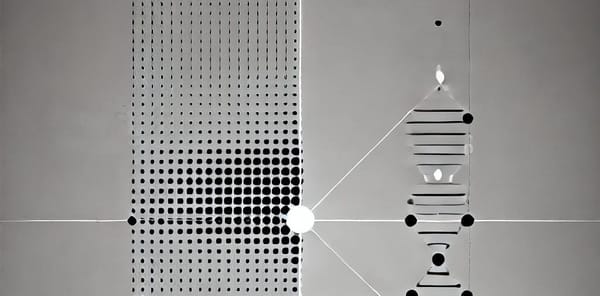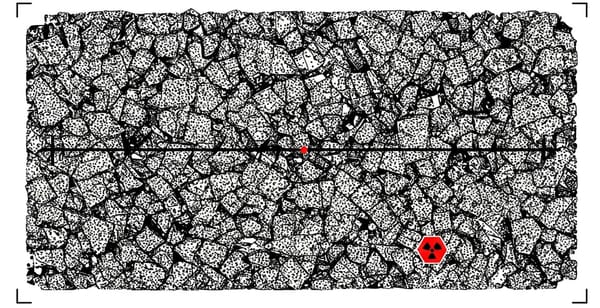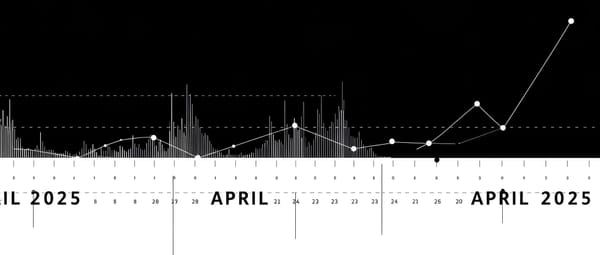How Helium-4 Detectors Unmask Hidden Uranium
Helium-4 detectors revolutionize uranium detection by using photon active interrogation to capture fast neutrons. Their superior gamma-ray rejection and stable performance enable reliable identification of shielded nuclear materials, boosting nuclear security.
Discover how advanced helium-4 detectors are revolutionizing nuclear material detection. In this article, we explore photon active interrogation techniques, the science behind fast neutron detection, and the implications for nuclear security—all explained in clear, engaging language.
Uncovering the Invisible
Imagine trying to spot a hidden needle in a haystack—now imagine that needle is a shielded uranium source. Traditional detection methods struggle with intense radiation backgrounds, but recent breakthroughs using helium-4 detectors are changing the game. This article explains:
• How photon active interrogation (PAI) works
• Why helium-4 detectors excel in challenging environments
• The real-world impact on nuclear security and nonproliferation
Breakthrough in Neutron Detection
What is Photon Active Interrogation?
Photon active interrogation uses high-energy x-rays to trigger fission in uranium, releasing fast neutrons as a unique signature. However, these processes also produce significant gamma-ray backgrounds that can overwhelm conventional detectors.
The Science Behind Helium-4 Detectors
Helium-4 detectors are engineered to address these challenges. Here’s how they work:
• Selective Sensitivity:
In low-density, low-Z gas environments, gamma rays rarely interact with helium, making the detector highly selective for fast neutrons.
• Energy Discrimination:
A simple energy threshold (around 300 keV) filters out unwanted signals, effectively distinguishing uranium photofission neutrons from other background radiation.
• Robust Performance:
Unlike organic scintillators that require complex corrections, helium-4 detectors maintain stable performance even in intense gamma-ray environments.
Why Helium-4 Detectors Stand Out
Advantages Over Traditional Detectors
• High Gamma-Ray Rejection:
Helium-4’s low interaction probability with gamma rays means less noise and more accurate neutron detection.
• Simplified Data Analysis:
With a clear spectral separation between photofission and (γ, n) reactions, complex pulse shape discrimination is unnecessary.
• Operational Reliability:
Consistent performance in high-radiation settings makes these detectors ideal for real-world applications such as border security and nuclear nonproliferation.
Real-World Applications
• Nuclear Security:
Enhanced screening capabilities help identify shielded uranium in cargo, border crossings, and sensitive facilities.
• Arms Control and Safeguards:
Reliable neutron detection supports treaty verification and monitoring of nuclear materials.
• Research and Development:
Ongoing improvements in detector technology drive innovations in radiation measurement and nuclear science.
For further reading on nuclear nonproliferation, check out our article on Advances in Nuclear Security Technologies or visit authoritative sources like the International Atomic Energy Agency (https://www.iaea.org/).
Experimental Setup and Key Findings
Researchers used a 9-MeV linear accelerator to produce bremsstrahlung x-rays, which induced photofission in a uranium surrogate. Key observations include:
• Distinct Neutron Spectra:
Uranium-induced photofission neutrons extend to higher energies than those from (γ, n) reactions in lead.
• Rapid Signal Discrimination:
A double spectral integration technique, dividing the spectrum at a bifurcation energy of ~1.45 MeV, quickly distinguishes uranium signals from background noise.
• Stable Detector Response:
The performance remains consistent despite fluctuations, ensuring reliable detection in operational environments.
(https://doi.org/10.1103/PhysRevApplied.22.064080).
Conclusion: Paving the Way for Safer Nuclear Security
Helium-4 scintillation detectors represent a major leap forward in nuclear detection technology. Their exceptional ability to filter out gamma-ray interference and accurately capture fast neutron signatures makes them indispensable for modern nuclear security and nonproliferation efforts.
Subscribe:
If you found this article insightful, subscribe to our newsletter for more updates on cutting-edge detection technologies. Share your thoughts in the comments below or read our related articles on advanced radiation detection methods.



